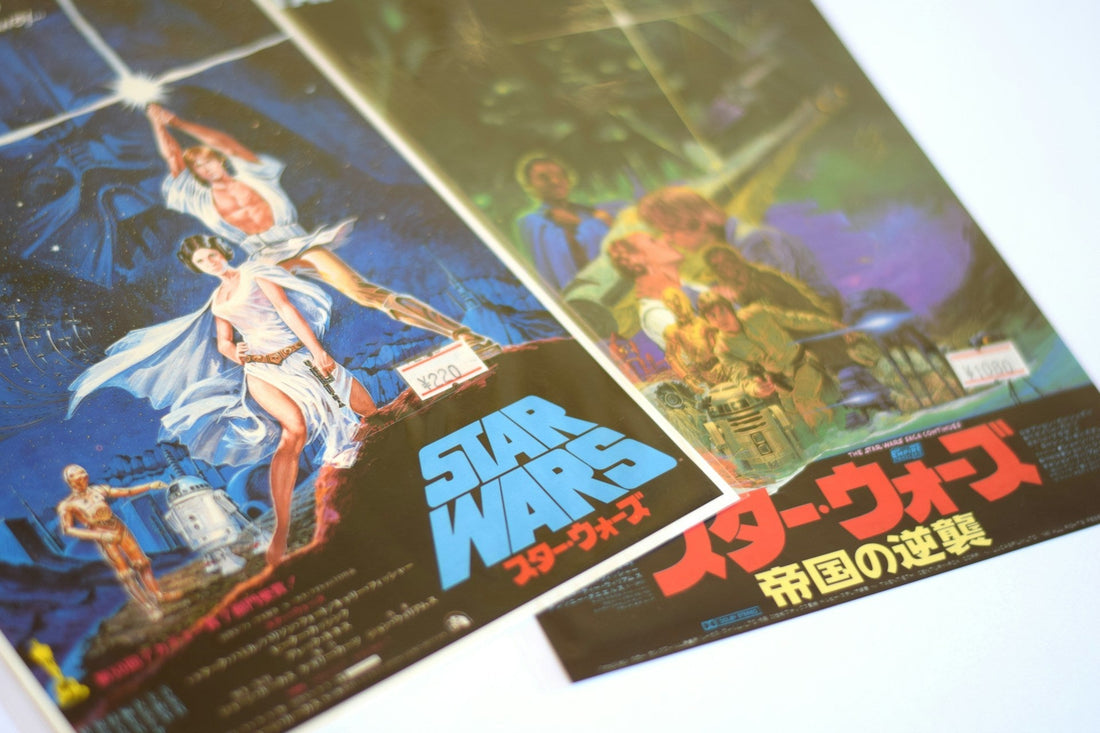
More Than Paper: The Sensory and Emotional Life of a Chirashi Poster
Share
The first time you hold a vintage chirashi poster, you realise it’s not just a piece of paper. It’s light but deliberate in your hands. The texture is neither perfectly smooth nor coarse — it’s something in between, the kind of surface that catches light differently depending on how you tilt it.
And then there’s the scent.
It’s subtle, but it’s there: that warm, slightly sweet aroma of paper that has lived for decades. The same scent you find in old bookshops, in family albums tucked into cupboards, in letters you didn’t know your grandparents had kept. It’s the smell of time passing.
Art You Don’t Just See — You Experience
A lot of modern art, especially mass-printed decor, is something you look at from a polite distance. But chirashi posters invite you closer. You lean in to trace the typography with your eyes, noticing the way the Japanese characters balance with the film still. You see where the ink has sunk just a fraction deeper into the paper, where colours have softened with age.
Every fold, faint crease, and softened corner tells you this poster has had a life before yours. Maybe it was handed out in a crowded Tokyo cinema lobby. Maybe it was pinned to a teenager’s wall in the 1980s, then stored in a drawer for decades.
Why Imperfections Make Them More Beautiful
In a world obsessed with flawless reproductions, the imperfections of an original chirashi poster feel rare and human. A faint impression from the printing press. A tiny tear on an edge that suggests it was pulled from a stack a little too quickly. Slight yellowing where sunlight kissed it decades ago.
This isn’t damage — it’s character. It’s wabi-sabi on paper: beauty found in imperfection, in transience, in the evidence of a life lived.
A Connection You Can’t Fake
Reproductions can capture the image, but not the presence. You can scan a chirashi, print it at any size, even make it sharper than the original. But it won’t smell the same. It won’t feel the same between your fingers. It won’t carry the quiet weight of having existed in a specific place and time.
That’s why owning an original feels different. It’s not about owning a “thing” — it’s about holding a fragment of history, a piece of design and cinema that has travelled across years and oceans to be with you.
Living With Pieces That Speak to You
The most meaningful art in your home isn’t just what looks good above the sofa. It’s what makes you stop when you pass by, what you find yourself glancing at without realising, what reminds you of a place you’ve never been but feel you’ve known all your life.
For us, chirashi posters do exactly that. They’re not just images. They’re little time capsules — to be seen, touched, even smelled — that turn everyday walls into stories.
